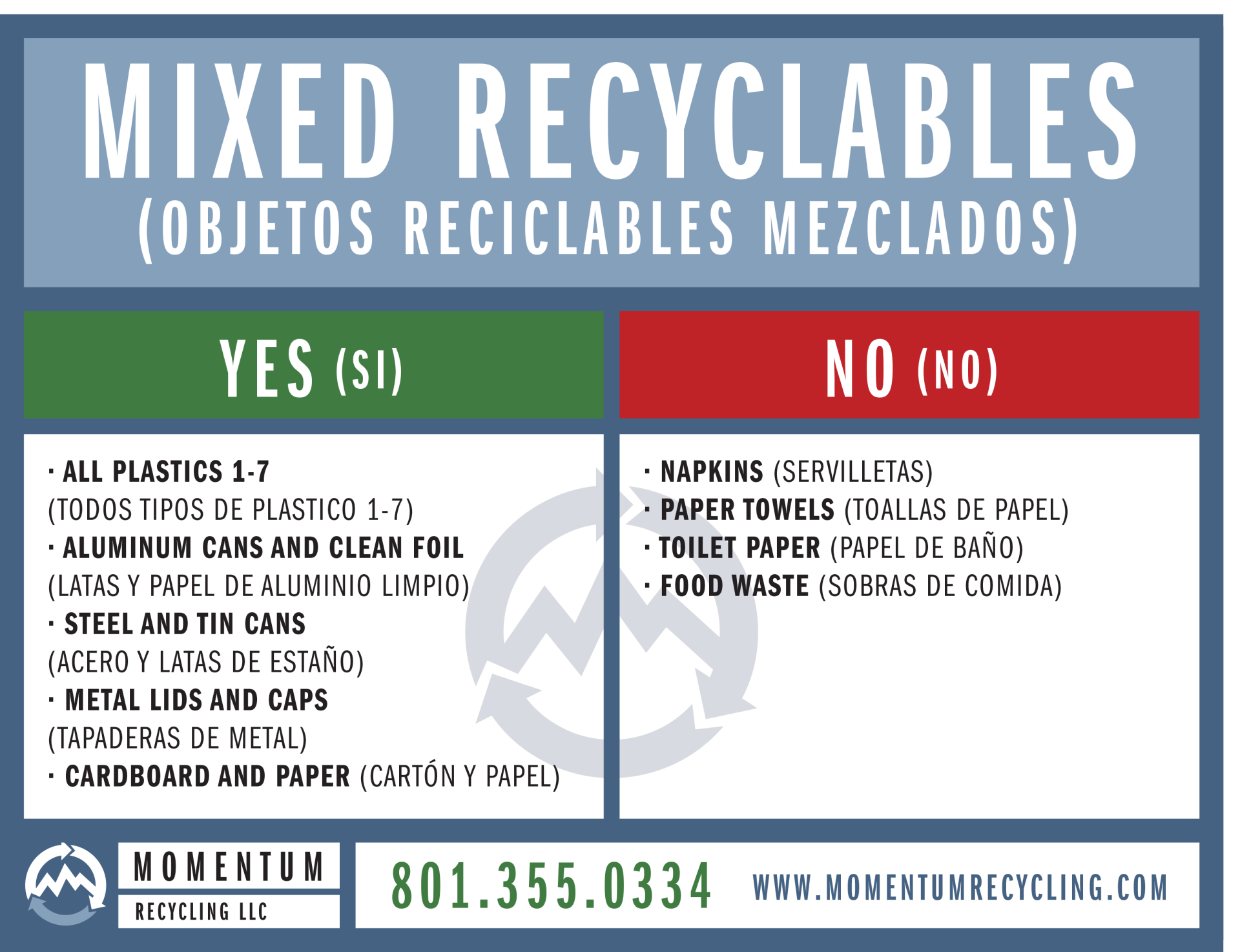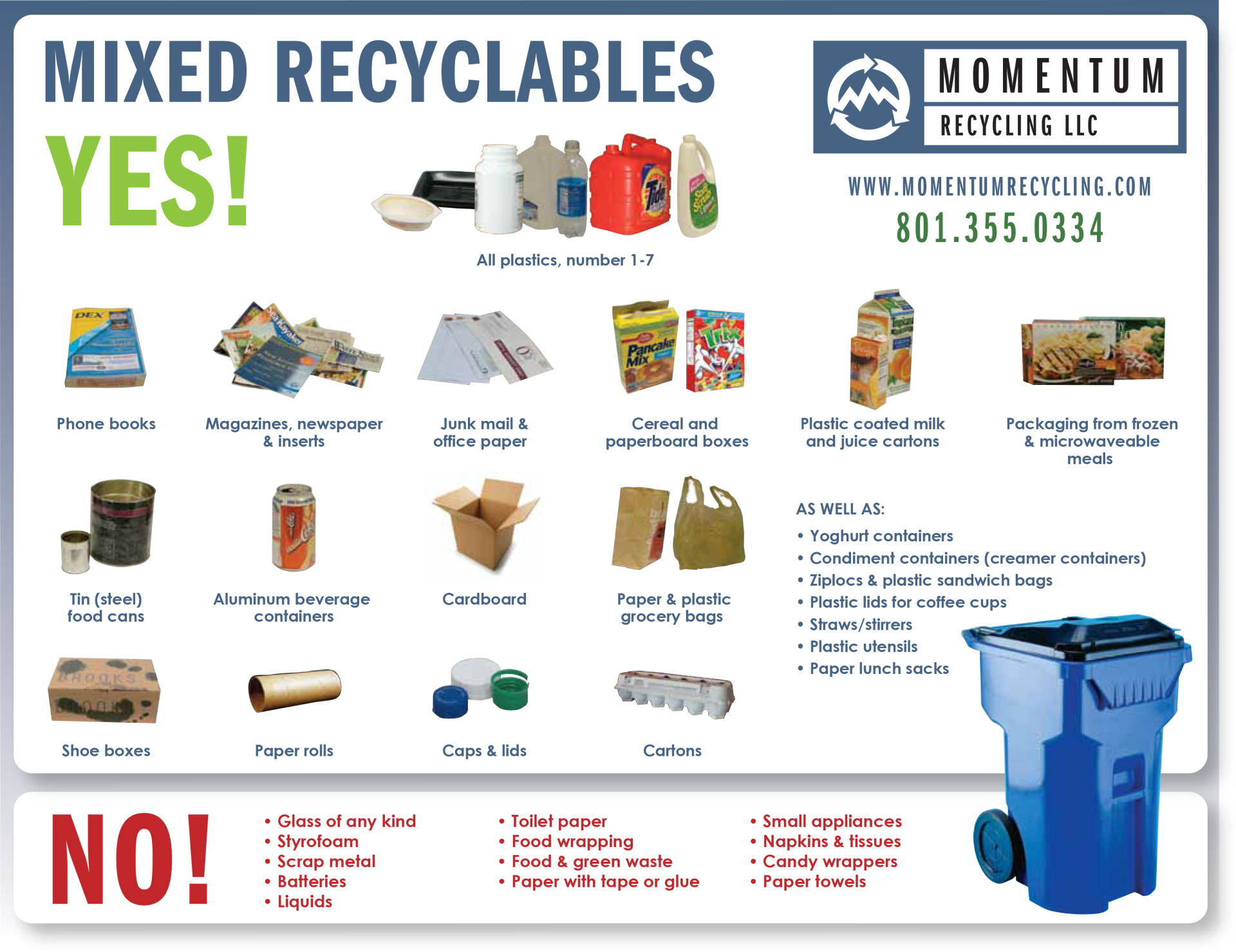Need to reserve a common area of the park or in a building? Our property mangement team can make it happen. All Union Park tenants are welcome to come spread out a blanket on the lawn or enjoy a picnic in the shade. We do rent our lawn space which any tenant may do for private events. Holding a company lunch or office lawn party here on premise is quick and simple. Nuterra Partners, our property management team will help facilitate any special requests. Simply fill out the reservation form and our team will quickly respond with more details.
General Building Info
Building Hours:
Holidays:
After Hours Emergency:
Scheduling an Event at Union Park:
Emergency Procedures
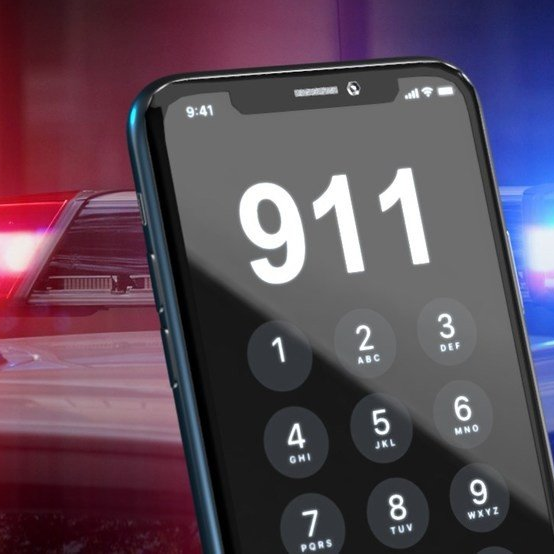
EMERGENCY TELEPHONE NUMBERS
- Management Office: 801-858-0600
- Police Department (Cottonwood Heights) 911
- Non Emergency: 801-944-7100
- Fire Department (Unified Fire) 911
- Non Emergency 801-468-3899
Area Hospitals
- Alta View Hospital: 801-571-5411
- Intermountain Medical Center: 801-507-7000
- Poison Control: 801-581-2151
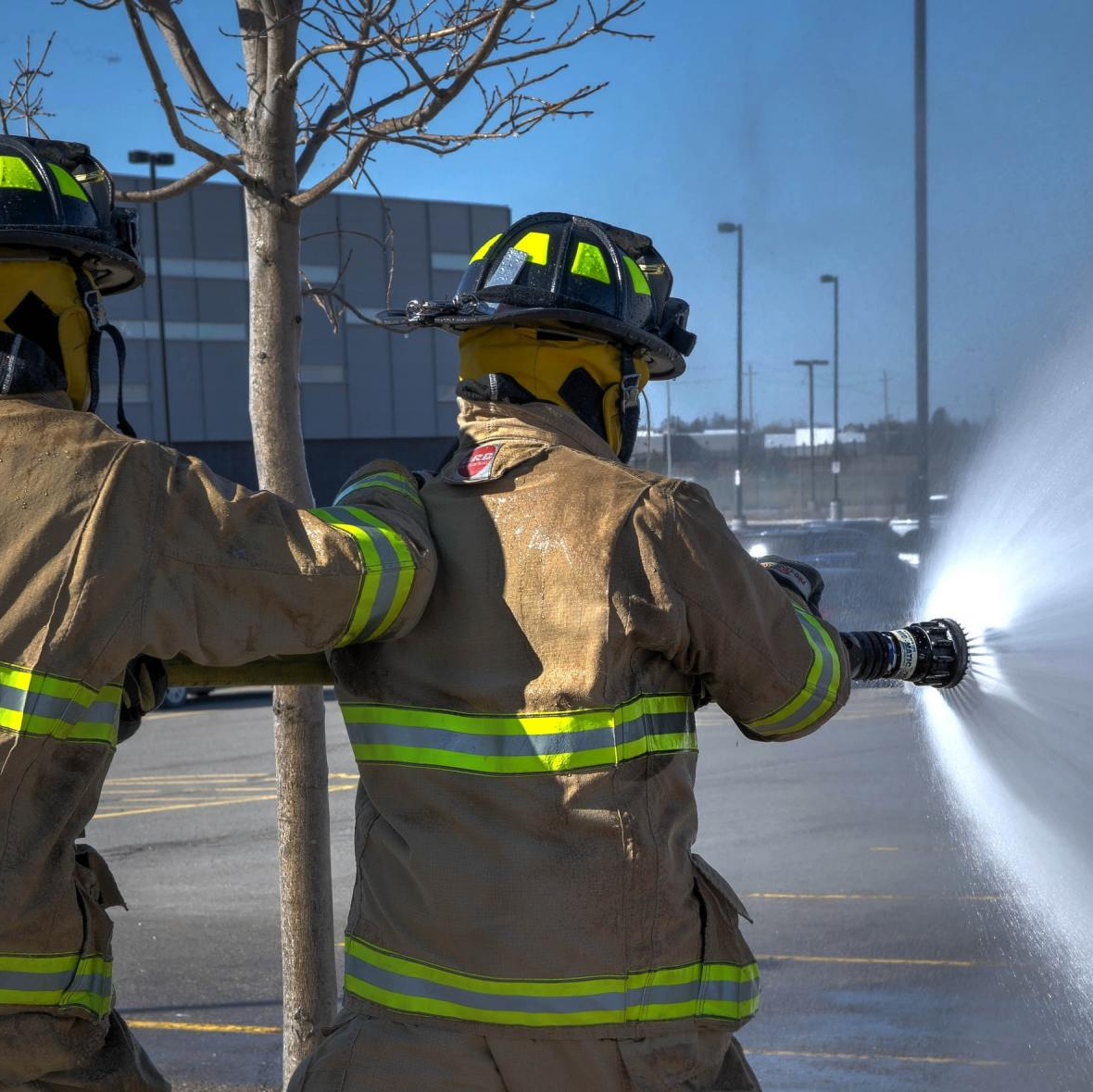
BUILDING/TENANT FIRE SAFETY
Fire is, perhaps, the most common and most frightening safety hazard. Combating this hazard effectively requires a thorough knowledge of the building’s safety features, escape routes, and fire and evacuation procedures.
At the time a fire occurs, responses need to be automatic and deliberate. The information and programs in this section, in combination with fire drills, will maximize safety in the event of a fire.
Smoke/Fire Emergency Procedures
If You Smell Smoke:
1. Call 911
2. Call the Management Office at (801) 858-0600. Report the smoke, giving location if possible and any other available details.
3. Notify your designated Area Warden.
4. Evacuate upon notification or alarm.
If You See Fire:
1. Call 911
2. Call the management Office at (801) 858-0600. Report the fire; give exact location and any other available details.
3. Activate pull station (located near all stairwells).
4. Close all doors leading to the fire.
5. Notify your designated Area Warden.
6. Evacuate upon notification or alarm.
If Ordered To Evacuate:
1. The fire alarm system, the Fire Department, your Area Warden or the Management Office will order you to evacuate.
2. Follow the evacuation instructions precisely. (See below).
3. DO NOT use the elevator, Use stairwells only.

EMERGENCY RESPONSE TEAM
We have developed an Emergency Response Team which consists of key people from each tenancy in the building. Each floor or tenant will have at least one Emergency Response Team. The team consists of the following members:
Area Warden(s)
↓
Assistant Warden(s)
↓
Searcher(s) →Stairwell Monitor(s) → Aide(s) to Disabled → Elevator Monitor(s)
The purpose of the team is to insure that during a fire or other emergency, the emergency evacuation will be handled in an organized manner. The responsibilities of the team members are listed below. Later in this manual, we will discuss the procedures that should be followed by the Emergency Response Team members in each specific emergency situation.
Area Wardens
An Area Warden should be someone who is reliable, respected by the other employees within your firm, and capable of providing guidance in the event of a fire or other emergency. This individual should be familiar with the names and faces of all employees in your office. Your Office Manager or Personnel manager, or both depending on the size of your firm, would probably be good candidates for Area Warden. You should elect an Assistant for every Area Warden.
The Area Warden would be responsible for the development and implementation of your Fire Safety Program. This Program would incline development of evacuation plans, assignment of fire-fighting responsibilities, training of employees in emergency response procedures, and practice of emergency procedures.
In the event of a fire or other emergency, this individual is in charge of the situation until Building Management arrives. The Area Warden may also be responsible for ordering the evacuation of your space depending on the severity of the situation and the availability of other safety personnel.
The Area Warden will also be a key contact for the Management Office. In case of power failure, medical emergencies, or other emergency situations.
Duties:
1. Appoint personnel to the Tenant Emergency Response Team and fills all vacant positions.
2. Maintains an updated roster of all Assistant Wardens, Searchers, Stairwell Monitors, Disabled Aides and Elevator Monitors. An updated list must be submitted to building management
3. Supervises the activity and training of all key emergency team members.
4. Responsible for training of fellow employees in building emergency procedures.
5. Alert key personnel (Assistant Area Warden, Searchers, Stairwell Monitors, Disabled Aides, and Elevator Monitors) of potential emergencies.
6. Ensures that all tenant Emergency Response Team personnel know their assigned duties and locations in case of an emergency.
7. Pre-plans the handling of disabled and/or physically challenged personnel during evacuation. The management office should be notified of any disabled personnel so that the fire fighters can be so informed.
8. Responsible for the evacuation of floor personnel.
Assistant Warden
Operating under the supervision of the Area Warden, the Assistant Warden is responsible for the control of the people in his/her area. He/she is responsible for the safe evacuation of personnel in his/her work area during a fire or other emergency.
Duties
1. Supervises assembly of personnel in his or her assigned work area.
2. Responsible for the orderly evacuation of all personnel in his/her work area via designated exits.
3. Remains with the group throughout the evacuation period and leads them to pre-determined safe areas.
4. Assists Area Warden in training of all personnel in the work area.
5. Assists Area Warden in coordination of duties of the Searchers, Stairwell Monitors, Aides to Disabled, and Elevator Monitors.
Searcher
Under the supervision of the Assistant Warden, Searchers are responsible for finding and evacuating all personnel from the floor, specifically from remote areas such as storerooms, file rooms, coffee areas, etc.
Duties
1. Check all rooms including rest rooms, conference rooms, reception areas, and remote areas, closing, but not locking all doors behind them. A post-it note should be placed on the door of all areas which have been checked. Always remember to touch a door to detect heat (fire) before opening it.
2. Advises any remaining personnel on the floor of the emergency and insist on their evacuation.
3. Evacuates non-employees found on the floor.
Stairwell Monitor
Under the direction of the Assistant Warden, Stairwell Monitors are responsible for an assigned exit and assist in the orderly evacuation of personnel.
Duties
1. Takes a position at assigned exit and assists in the orderly evacuation of personnel.
2. Inspects stairwells for possible heat and smoke conditions before evacuation. Remember to touch all doors prior to opening them.
3. Instructs personnel to form single file lines into the stairwell and directs personnel to exit along the right side of the stairwell.
4. Supervises and monitors evacuation flow while remaining calm and encouraging calmness and orderliness in evacuating personnel.
Aides(s) to Disabled
Under the supervision of the Assistant Warden, the Aides to Disabled are responsible for making sure all physically disabled personnel are evacuated.
Duties
1. Maintaining an up-to-date list of physically challenged employees on the floor. If possible, a “buddy system” will be implemented in which one or two aides to Disabled will be responsible for evacuating specific disabled co-workers.
Elevator Monitor
Under the supervision of the Assistant Warden, Elevator Monitors are responsible for making sure nobody uses the elevator in an emergency.
Duties
1. Directs employees to the designated exit stairwell.
2. Must be familiar with the building evacuation plan and location of all stairwells.
3. Stay at their designated post until instructed to evacuate by the Area Warden or Assistant Warden or until the situation warrants departure.
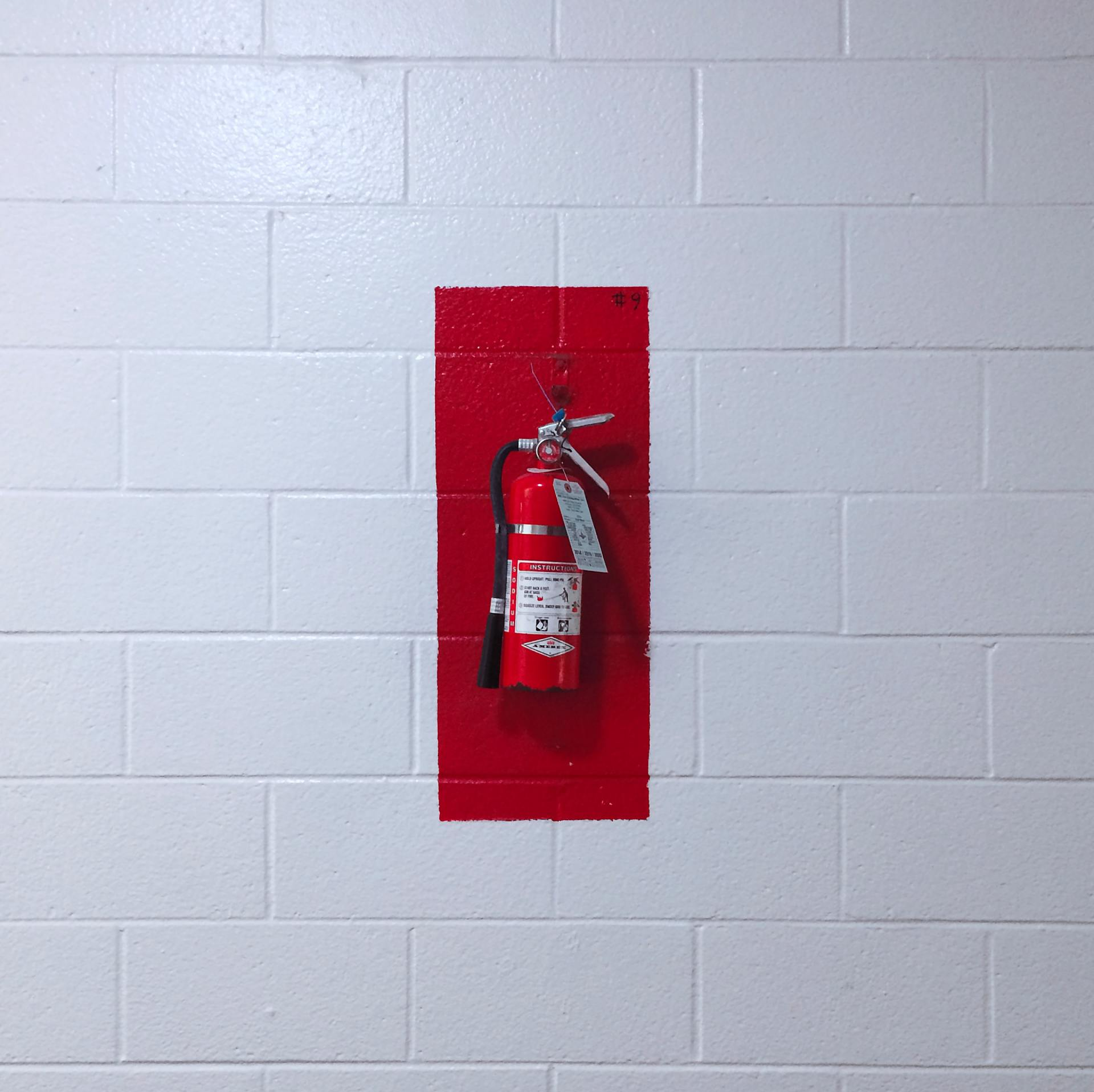
BUILDING FIRE SAFETY FEATURES
Union Park Center Buildings contain numerous safety features. The buildings are equipped with code-required life safety equipment including:
Automatic Sprinkler System
The main floor of the building is equipped with an automatic sprinkler system. The sprinkler system is designed to extinguish a fire with adequate water when a fire with sufficient heat activates a sprinkler head. Only the sprinkler head over the immediate fire are will flow water. When a sprinkler head is activated it will also activate the fire alarm system for the entire building.
Smoke Detectors
Smoke Detectors are located in strategic points throughout the common areas.
Fire Pull Station
Fire pull stations are located on each floor near each of the building stairwells.
Alarms
Fire horns are located throughout the Building. When a smoke detector, sprinkler or pull box is activated, the fire alarm system in the entire Building sounds an automatic fire alarm that is sent to the Fire Department. The building fire alarm system is designed to shut down all fan operations in the tenant space areas of the building. The elevators return to the first floor and become inactive. If the smoke is on the first floor, the elevator will go to the second floor. This system will remain activated until it is reset by the Fire Department or Building Management.
Fire Extinguishers
The building provides only one type of fire extinguisher – ABC Dry Chemical.
The ABC Dry Chemical extinguishers are located within cabinets outside all stairwells.
These extinguishers may be used on all types of fire – flammable liquid, electrical, paper, wood, cloth, etc. Study the area that you work in to familiarize yourself with the locations.
In addition, various systems and features have been installed in the building which will assist in controlling a disaster. Below is a brief highlight of these systems.
Stairwells
The building has two main evacuation stairwells. Stairway doors on all floors must be kept closed at all times.
Fire Panel
The keystone of the building fire protection system is a multi-zone fire monitoring and notification panel. The fire alarm panel is monitored continuously by a central alarm station. All alarm conditions and locations are displayed on this panel.
Testing
The life safety equipment and systems are tested based on requirements of the State, although some of the systems are tested on a more frequent basis.
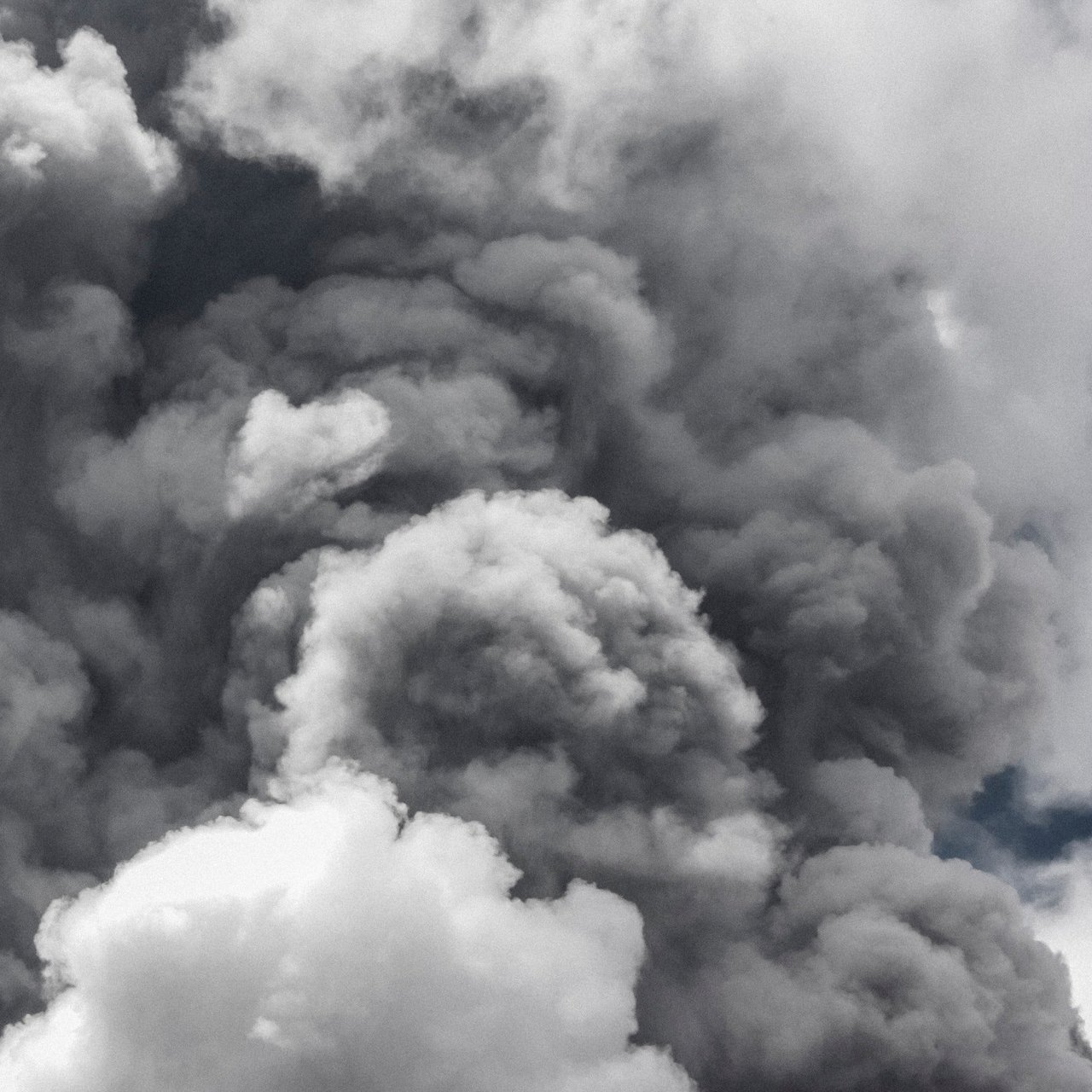
TYPES OF FIRE
Class A
Fires in such ordinary combustibles as paper, wood, cloth, rubber, textiles, and many plastics.
Class B
Fires in flammable liquids such as grease, oil, paint, and gasoline.
Class C
Fires involving energized electrical equipment where there is a risk of shock. (When electrical equipment is de-energized, Class A fire extinguishers may be used safely.)
Class D
Fires in combustible metals, such as magnesium, titanium, zirconium, sodium, and potassium, etc.
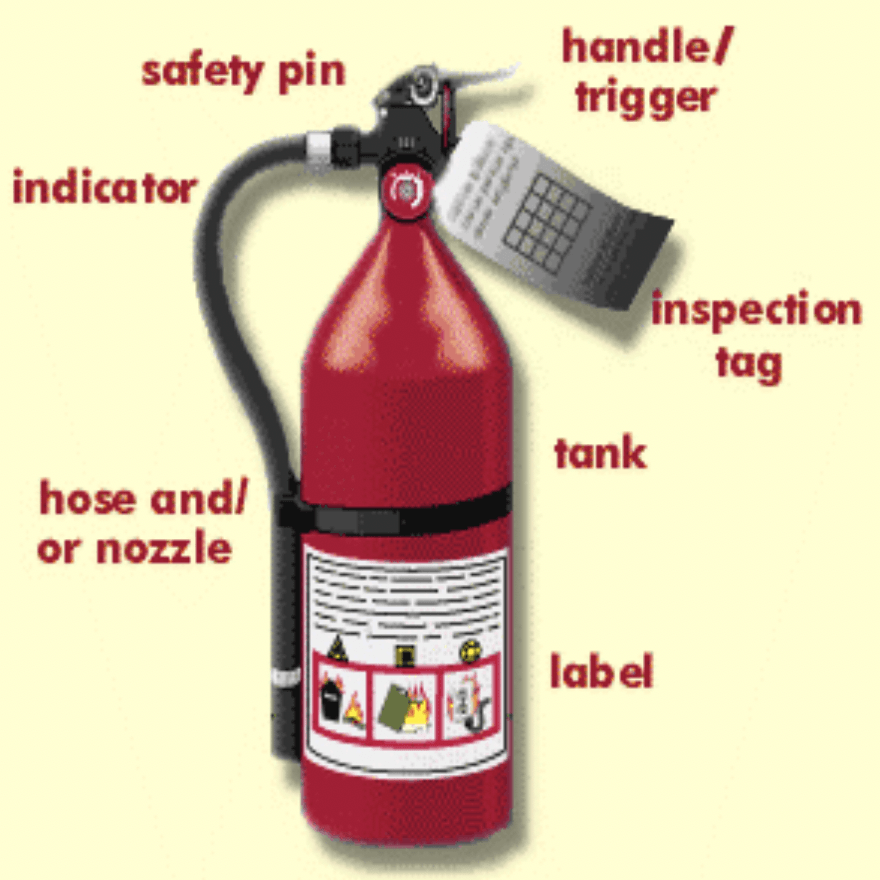
FIRE EXTINGUISHER OPERATION
TO OPERATE: (Same for all types of fire extinguishers)
1. Use upright.
2. Pull pin.
3. Squeeze lever.
4. Direct the stream of water (or chemical, gas) to the base of the fire.
(Dry chemical fire extinguishers (for Type ABC fires ONLY) are located throughout the Building on every floor outside the landing of all stairwells. Simply break the glass panel for access to these extinguishers.)
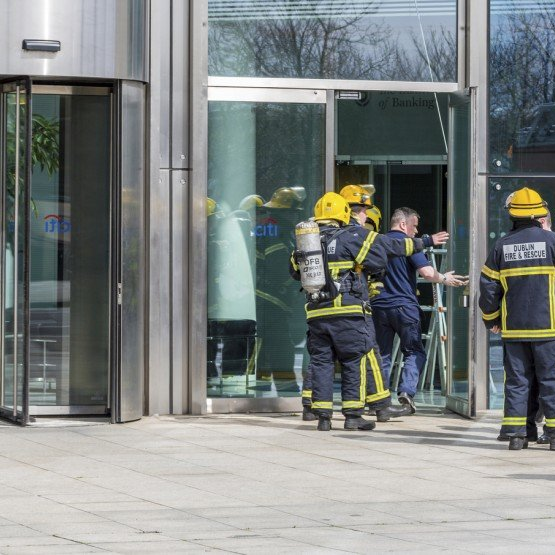
TENANT EVACUATION PROCEDURES
The following evacuation procedures should be observed:
1. If possible, grab purses, wallets, valuables, etc. as soon as the order to evacuate is given. You will not be allowed back into the space until the Fire Department or Building Management says it is safe to re-enter.
2. Before opening any door to the corridor, check the door and doorknob for heat. If it is warm, stay in your office and caulk around the door seams using wet towels or “duct” tape. DO NOT OPEN THE DOOR! Find another exit to the corridor.
3. If both your door and doorknob are cool, and you leave your office:
a. Check for smoke in the corridor.
b. If smoke is present, stay low by crawling since clean air is closest to the floor.
c. Everyone should proceed quickly, but calmly to the nearest stairwell. DO NOT RUN! All the stairwells are constructed with fire-resistant materials to provide safe evacuation for Building occupants.
d. DO NOT PANIC! Panic is the most harmful and most difficult element to control in an emergency. Panic will be avoided if tenants are prepared with the following information:
- Knowledge of procedures which must be followed.
- Confidence in the responsible personnel’s ability and guidance.
- Calmness and self-confidence of responsible personnel.
e. DO NOT TRY TO USE THE ELEVATORS! When the fire system is activated, they automatically return to the first floor.
f. Check stairwells for smoke.
g. If the corridor and/or stairwells are smoke filled, RETURN TO YOUR OFFICE.
h. Once you are in the stairwell, should you encounter smoke on your descent, get out of the stairwell into any clear corridor and proceed to a different stairwell. There are two separate stairwells in the building.
i. Evacuate to the exact area designated by the Building Manager, Area Warden, or Fire Department which will typically be the front parking lot.
j. If your designated evacuation area is outside of the Building, move to areas well away from the building to ensure you do not inhibit fire-fighting activities.
4. The Searcher should walk the suite to assist employees and make sure everyone is aware of the evacuation order.
5. The last person leaving any enclosed office area should close the office door, without locking it. This will help to confine any fire until the arrival of the Fire Department.
6. For a single-file line at the stairwell exit door and proceed calmly and carefully down the staircase to the building exit. Never open any door without first checking to see if it is hot. If the door is hot, there is undoubtedly a fire on the other side. Proceed to another floor and use an alternate stairwell.
7. Conversation should be kept to a minimum. Stay in a single-file line on the right side of the staircase.
8. Once the evacuation has begun, do not re-enter the evacuated area until it has been declared safe by Fire Department officials or Building Management.
9. During evacuation, handicapped persons should be helped into the stairwell. Fire Department personnel will meet them in this area and assist their evacuation to the designated rendezvous floor. The Area Warden or Aide(s) to Disabled should notify the Management Office as to the location of handicapped employees so that the Fire Department may respond to assist their evacuation.
10. The Area Warden or Assistant should proceed to take a head count. If someone is missing, this information should be relayed to the Building Staff or Fire Department.
Procedures To Follow If Escape Routes Are Blocked
If evacuation of an area is not possible because all escape routes are blocked by fire or thick smoke, the following procedures should be observed:
1. Move as far away from the fire as possible. Close all doors as you go. Every closed door between you and the fire provides a barrier against smoke.
2. If a phone is accessible, call the Fire Department 911 and then the Management Office – (801) 858-0600 – with your precise location.
3. Stuff clothing or other material around ventilation ducts and cracks in the doors to prevent smoke-filled air from penetrating the area.
4. DO NOT BREAK THE GLASS. Under certain conditions, an open window may draw smoke into the area. If the glass has been broken, there will be no way to stop the smoke from entering the room.
Recommended Fire Safety Feature for Tenant Spaces
1. Tenants should make arrangements with Building Management to protect areas such as computer rooms, mailrooms, and duplicating and storage areas with fire-related enclosures and fire extinguishers. If the size or value density of these areas is large, smoke detectors or automatic extinguishing systems should be considered. Call the Management Office (801) 858-0600 or if you need any assistance in arranging the purchase of any of the above equipment.
2. Tenants should take steps to safeguard their businesses from the effects of a fire in the Building by protecting vital documents and company records. This can be done by off-site storage of duplicate records or fire-resistant storage areas. The specific method of protection will depend on the size and nature of the material involved.
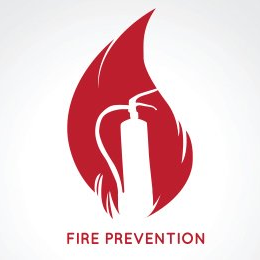
FIRE PREVENTION TIPS
1. Before entering building, smokers must make sure all cigarettes and cigars are thoroughly extinguished in ashtrays outside of building. Do not throw cigarettes on the ground or in garden areas. Also do not leave lit cigarettes or cigars unattended.
2. Unplug electrical appliances like coffee pots or water heaters when not in use.
3. Arrange for proper use and storage of adhesives, cleaning fluids, and other flammable liquids and, where possible, substitute with less flammable products.
4. NO EXTENSION CORDS OR MULTI-JACKS SHOULD BE UTILIZED. These items are not permitted by the Fire Department or Electrical Codes. Eliminate extension cords by providing more power outlets or relocating some electrical equipment.
5. Make sure the power is shut off on all office equipment such as typewriters, calculators, computers, etc., at the close of the business day.
6. Provide adequate ventilation for office equipment like copying machines, printer or computers.
7. Electrical closets within tenant spaces should be kept locked at all time. Nothing should be stored in these closets due to fire hazard.
8. Hallways on all floors should be kept clear at all times to provide access for emergency equipment. Tenant belongings, deliveries or trash may not be stored in hallways.

BOMB THREAT INFORMATION
General Information
There are several reasons for a caller to report that a bomb is to go off at a particular location:
1. The caller knows that an explosive or incendiary device has been or will be placed in the Building and wants to minimize personal injury.
2. The caller may be the person who planted the device or someone who has specific information.
3. The caller wants to create an atmosphere that spreads panic and disrupts normal business activity
Bomb Threat Received by a Tenant
Should a bomb threat be received by a tenant, the following guidelines should be used:
1. Follow the checklist on the last page of this section. Try to obtain as much information as possible. Be prepared to relate this information to the police when they arrive.
2. Immediately call the Management Office (801) 858-0600. Building Management will call the police. If possible, have a second individual call the Management Office while the bomb threat call is still in progress.
3. The Management Office will notify the other building tenants of the threat. The decision to evacuate will be left to the tenant.
4. Be alert for any unfamiliar people and /or objects to point out to the police or Building staff upon their arrival. DO NOT touch or handle any suspected object.
5. The Area Warden, accompanied by the police and Building Staff, will make a complete search of the suspected area. It will be the responsibility of the Area Warden to identify any suspicious objects or items which do not belong in the space.
Bomb Threat Received by the Office of the Building
In the event that a bomb threat is received by the Management Office, the following guidelines will be observed:
1. The police department will be notified immediately.
2. If a bomb threat is received against a specific floor, the Area Warden for all companies will be informed of the situation and the Building Management will proceed immediately to the scene. At this point, evacuation is recommended, but not required. The decision is left to each tenant.
3. Tenants should be alert for any unfamiliar people or objects to point out to the police or Building staff upon their arrival. DO NOT touch or handle any suspected objects.
4. The Area Warden, accompanied by the police and Building staff, will make a complete search of the suspected areas. It will be the responsibility of the Area Warden to identify any suspicious items or items which do not belong in the space.
5. If a bomb threat is received against the Building, and not a specific floor, all public access areas, beginning with the most accessible, should be searched.
Bomb Threat/Tenant Ordered to Evacuate
If a tenant decides to evacuate, the following steps should be taken:
1. The Area Warden will organize the evacuation.
2. Everyone should proceed quickly, but calmly, to the nearest stairway exit. DO NOT RUN!
3. The Area Warden or Assistant should walk the suite to assist employees and make sure everyone is aware of the evacuation order.
4. Once the evacuation has begun, no one should attempt to re-enter the building until it has been declared safe by the Police Department or Building Management.
5. The Area Warden or Assistant should proceed to take a head count. If someone is missing, this information should be relayed to the Police or Building Management.
LETTER BOMBS
Suspicious Items
1. Letters that are unusually bulky, weighty, lopsided, or rigid.
2. Parcels or envelopes with oily stains or dis-colorations.
3. Parcels or envelopes without a return address.
4. Handwritten or poorly typed address.
5. Foreign mail, airmail, or special deliveries.
6. Restrictive markings such as “confidential”, “personal”, etc.
7. Use of titles but no names.
8. Excessive postage.
9. Parcels or envelopes that simply do not look or feel ordinary.
Handling Instructions
1. DO NOT handle the item.
2. DO NOT attempt to open the parcel.
3. DO NOT place the parcel in water.
4. DO NOT remove any binding material.
5. DO NOT pull or cut any material that protrudes.
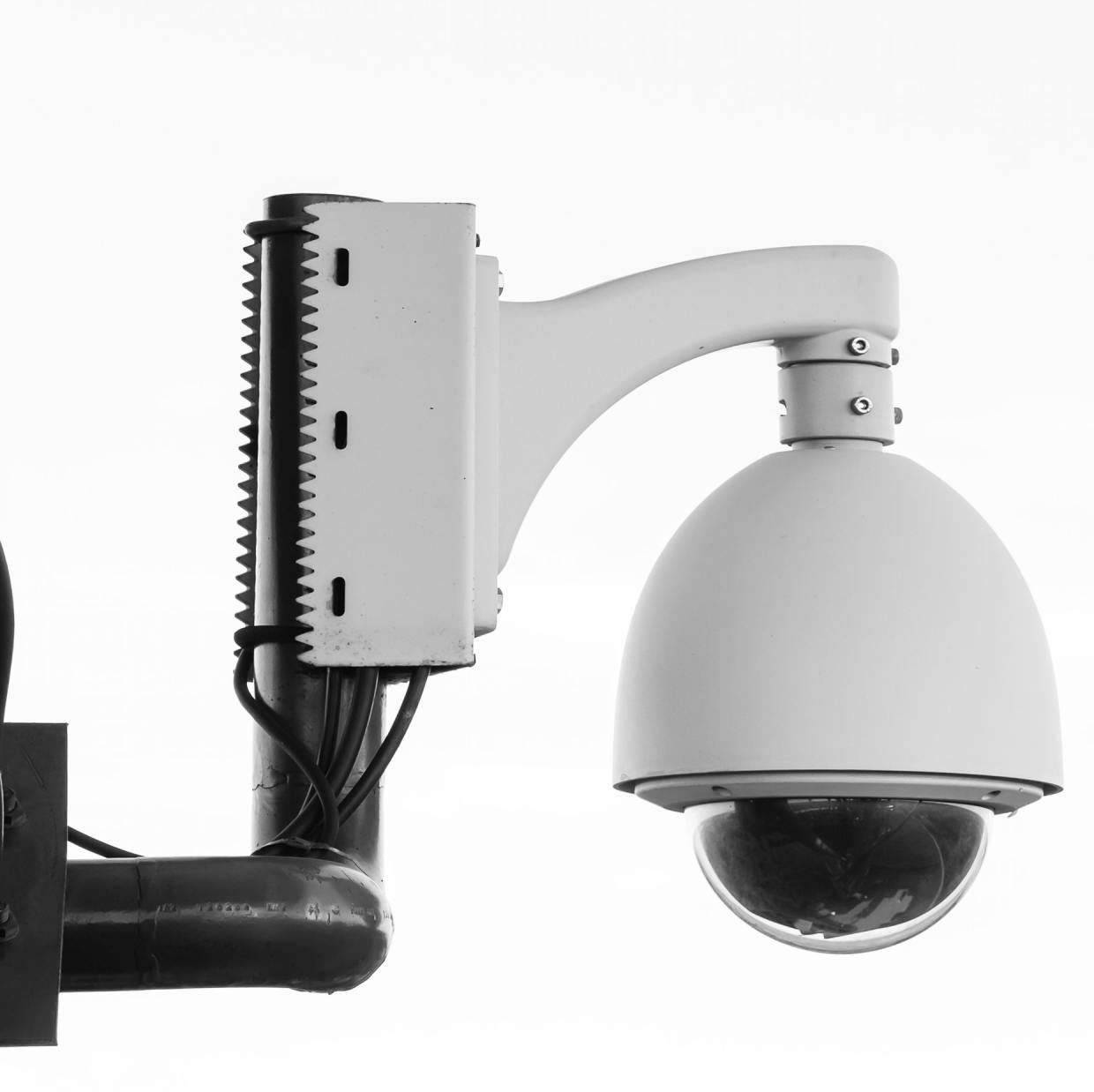
BUILDING SECURITY
Security plays an extremely important role in the overall smooth operation of the Building. Good security protects the Building against carelessness, negligence, malicious mischief, theft, safety hazards, sabotage and fire.
During evenings and weekends, security guards patrol the exterior and interior of the property and check to make sure all exterior and interior doors are locked and secured.
Monitoring System
Cameras and recording devices are installed at the entrances to the building. Monitors are located in the management and engineering office and are viewed only periodically during the day. It is important to note that these locations are not continually monitored by personnel. The activity is recorded utilizing videotapes, kept for a short time and viewed only in the event of a problem.
On occasion, the Building Management may be required to escort an unwanted visitor from the Building or to investigate a theft. The inconvenience caused by these situations can be minimized if the procedures above and on the following pages are observed.
Tenant Security Responsibilities
Remember that the best way to improve security is for each tenant in the Building to take an active role – just as you would in the neighborhood where you live.
1. Make sure all doors to your offices are locked and secured at the close of your business day. This is extremely important on the weekends.
2. Do not hesitate to report any suspicious or disorderly individuals to the Management Office at (801) 858-0600. The Building Management or Police will escort them from the Building.
3. Solicitation is not permitted in the Building, and any individual who enters your offices for this purpose should be reported to the Management Office. The Building Management will escort them from the Building.
4. Inform the Management Office of any Building keys, or access cards, which are lost. This includes keys to your suite and/or storeroom keys.
5. Propping main entrance and rear doors of building are prohibited. Report violators to the Management Office.
Theft
Should you suspect that your offices have been burglarized, or if items are found to be missing, contact the Management Office and the Police Department. In the meantime, try to avoid disturbing anything in areas which you feel might have been affected by an intruder.
Lost and Found
Any individual who has lost or found any item(s) should turn them in to the Management Office, Suite 500 in building 6925.
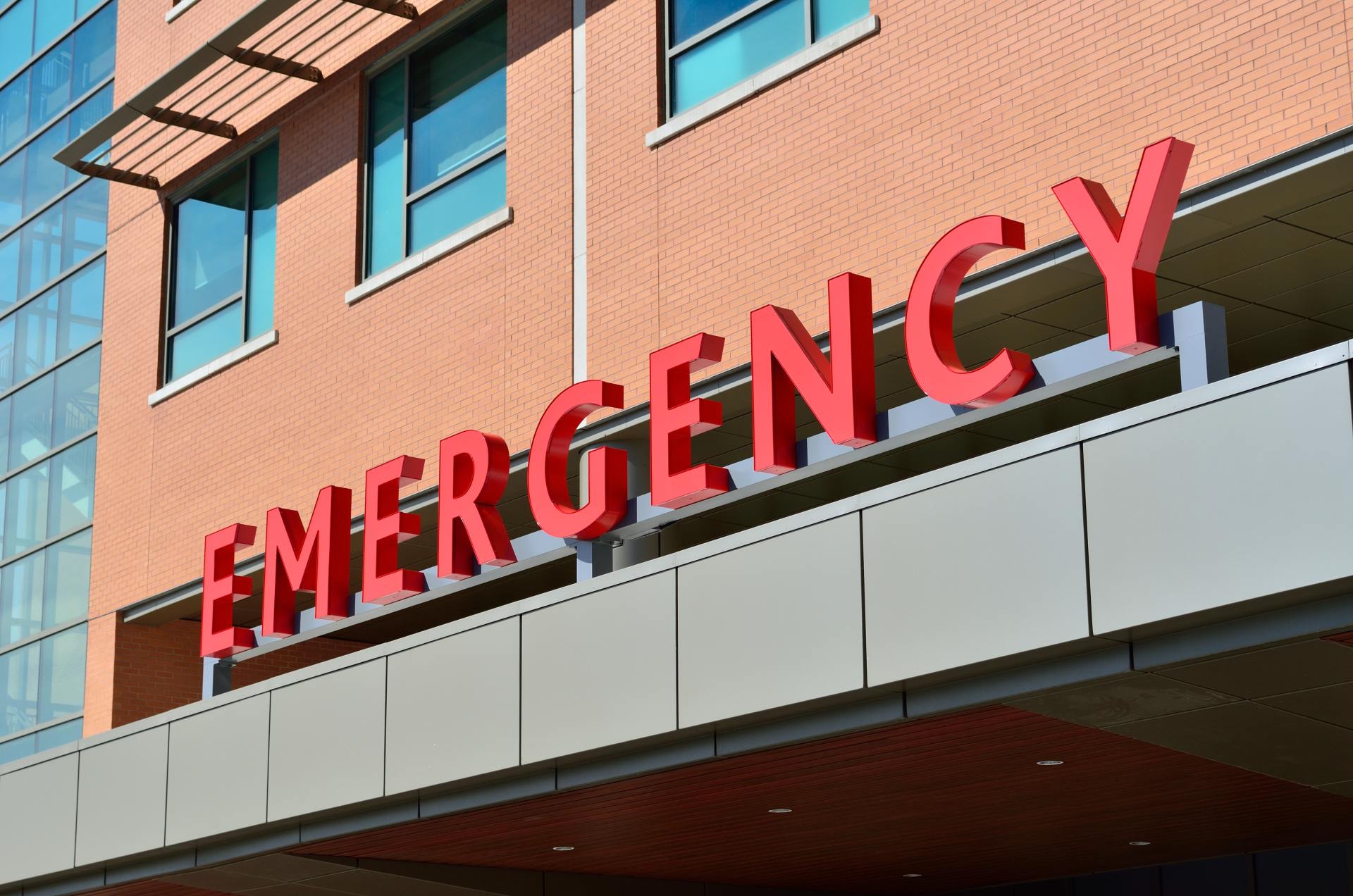
MEDICAL EMERGENCY
Call the Fire Department – 911
Be prepared to provide:
a. The address of the building.
b. The floor and suite number.
c. The name of the person requiring medical attention.
d. The nature of the problem.
2. Call the Management Office – (801) 858-0600
Upon notification, Building Management will:
a. Bring necessary elevator to the lobby level.
b. Meet the emergency crew and direct them to the appropriate area.

POWER FAILURE
All stairwell and common areas are equipped with independently powered exit signs and emergency lights. They will remain lit during a general power failure. If an electrical failure does occur, the following guidelines should be observed:
1. Contact the Management Office at (801) 858-0600.
2. Open draperies and raise blinds to let in outside light. If there is adequate lighting from windows, continue working as well as possible.
3. If you are instructed to evacuate, lock all areas.
4. Do not congregate in the lobby areas or in the street.
5. If you are trapped in an elevator during a power failure, try to use the emergency telephone system to communicate with the elevator company, or push the red alarm button. Help will be dispatched as quickly as possible. Your elevator will cease operation, but WILL NOT FALL. Do not try to force open the doors. DO NOT PANIC.
6. The Management Office will attempt to advise you, regarding the length and cause of the power failure, as soon as possible.
7. The back-up battery systems in the emergency lighting will only last for about 3 hours. In the event that an outage occurs for an extended period of time, tenants are encouraged to exit the building within the first 3 hours.

EARTHQUAKE
Earthquakes are one of the nation’s most frightening natural phenomena. When an earthquake occurs, the ground will shake perceptibly for a relatively short time, perhaps only for a few seconds or for as much as a minute in a great earthquake.
Precautions to Take During the Earthquake
1. Try to remain calm and to reassure others.
2. If you are indoors, move immediately to a safe place. Get under a desk, table, or work bench if possible. Stand in an interior doorway or in the corner of a room. Watch out for falling debris or tall furniture. Stay away from windows and heavy objects (such as refrigerators and machinery) that may topple or slide across the floor.
3. Do not dash for exits since stairways may be broken and jammed with people. Power for elevators may fail and stop operating. Seek safety where you are at the time of the incident and then leave calmly if evacuation is necessary.
4. Do not be surprised if the electricity goes out, or if elevator, fire, and burglar alarms start ringing, or if sprinkler systems go on. Expect to hear noise from breaking glass, cracks in walls and falling objects.
5. If you are outdoors, try to get into an open area away from buildings and power lines.
6. Do not be surprised if you feel more than one shock. After the first motion is felt, there may be a temporary decrease in motion followed by another shock. (This phenomenon is merely the arrival of different seismic waves from the same earthquake). Also, after shocks may occur – these are separate quakes which follow the main shock. After shocks may occur several minutes, several hours, or even several days afterwards. Sometimes after shocks will cause damage or collapse of structures that were already weakened by the main earthquake.
Precautions to be Taken After the Earthquake
When the shaking stops, there may be considerable damage and people may be injured. It is especially important that everyone remain calm and begin the task of taking care of one another. The first concern is for those who are hurt, and the next concern is to prevent fires. After that, damage can be assessed and remedial measures begun.
1. Remain calm and take time to assess your situation.
2. Help anyone who is hurt and administer emergency first aid when necessary. Cover injured persons with blankets to keep them warm. Seek medical help for those who need it.
3. Check for fires and fire hazards. Put out fires immediately if you can.
4. Check for damage to utilities and appliances. Shut off electricity if there is any chance of damage to wiring.
5. Shut off water mains if breakage has occurred. In due time, report utility damage to the utility companies and follow their instructions.
6. Do not light matches, use any open flames, or turn on electrical switches or appliances until you are certain there are no gas leaks.
7. Do not touch power lines, electric wiring, or objects in contact with them.
8. Do not use the telephone except to call for help, to report serious emergencies (medical, fire, or criminal), or to perform some essential service. Jammed telephone lines interfere with emergency services and it is thoughtless to use the phone for personal reasons or to satisfy curiosity. (When the emergency is clearly over, contact relatives and friends so they will know you are safe and where you are.)
9. Be certain that sewer lines are not broken before resuming regular use of toilets.
10. Clean up and warn others of any spilled materials that are dangerous, such as chemicals, gasoline, etc.
11. Listen to the radio for information about the earthquake and disaster procedures.
12. Be prepared to experience after shocks. They often do additional damage to buildings weakened by the main shock.
13. Use great caution when entering or moving about in a damaged building. Collapses can occur without much warning, and there may be dangers from gas leaks, electrical wiring, broken glass, etc.
There are no rules that can eliminate all earthquake danger. However, damage
and injury can be reduced by following these procedures.
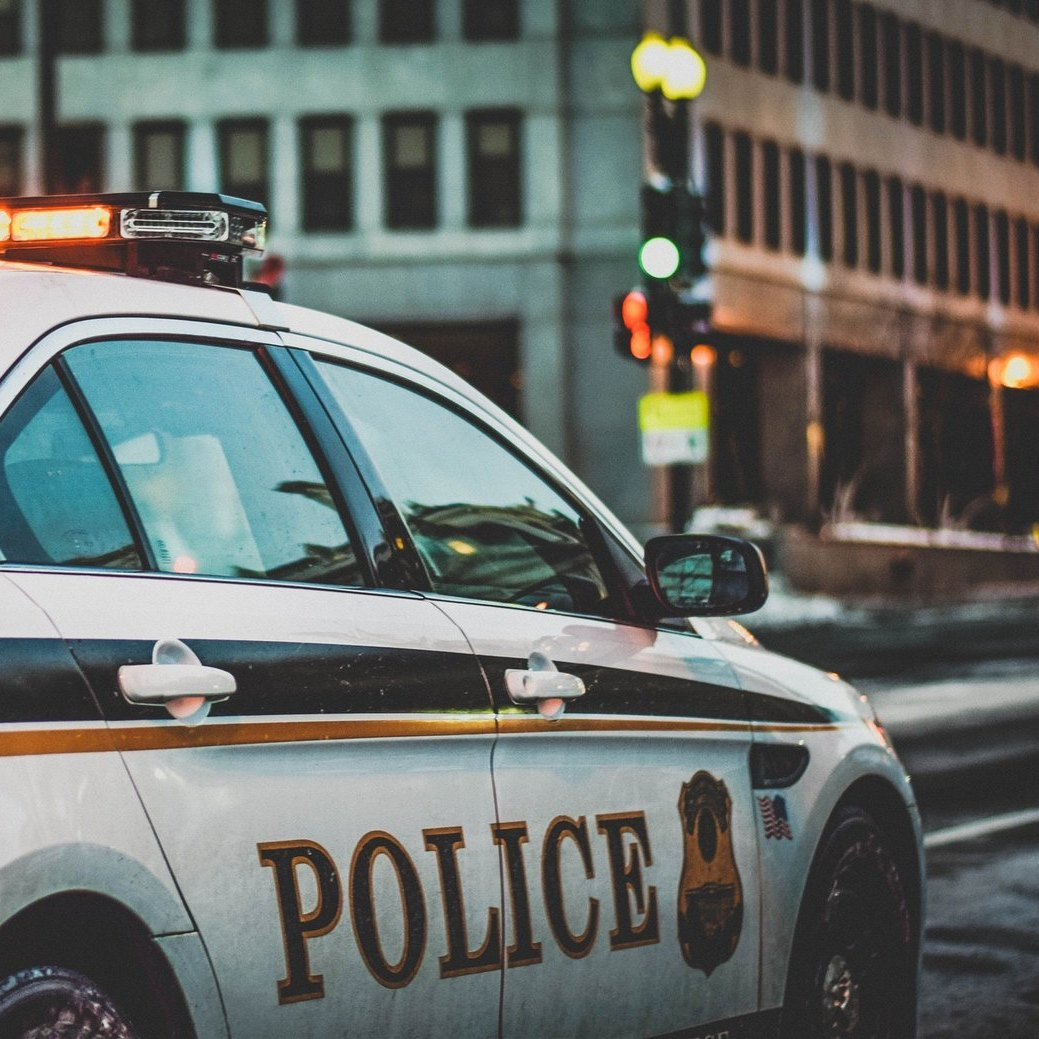
Description Title
According to the U.S. Department of Homeland Security, an Active Shooter is an individual actively engaged in killing or attempting to kill people in a confined and populated area; in most cases, active shooters use firearms(s) and there is no pattern or method to their selection of victims. Active Shooter situations are unpredictable and evolve quickly. Typically the immediate deployment of law enforcement is required to stop the shooting and mitigate harm to victims. Active shooters will usually continue to move throughout building or area until stopped.
Basic guidelines for individuals present during an active shooting incident:
1. Assess the situation
2. React
a. Evacuate
b. Shelter-in-Place/Hide out
c. Take action
3. Call 911 when it is safe to do so
4. Contact the Management Office at (801) 858-0600.
Please refer to the U.S. Department of Homeland Security’s website for additional information and training.
http://www.dhs.gov/publication/active-shooter-how-to-respond
Recycling Program
- 1. Establish a recycling program for consumable goods
Mixed Recyclables: Office paper, mixed paper, open mail, catalogs, magazines, phone books), newspaper, paperboard (cereal boxes, etc.), corrugated cardboard, plastic bags, copier, printer, and aluminum and steel (tin) cans, plastic bottles and jugs #1-7 (Momentum Recycling)
• Glass bottles and jars (Momentum Recycling)
• Green waste – yard waste (Momentum Recycling)
Track solid waste diversion and develop systems within all aspects of facility operation/management to reduce waste and systematize recycling.
Properly dispose of hazardous materials:
• Cleaners, solvents, and used oil can be taken to the Household Hazardous Waste
Facility at the Salt Lake Valley Landfill.
• Batteries, bulbs, ballasts can be collected by Momentum Recycling.
- 2. Use environmentally friendly purchasing practices
Consider purchasing the following products with high post consumer recycled content • Office supplies, folders, mailing envelopes, plastic trays
• Copy and printing paper (at least 30% post consumer)
• Letterhead, stationary, envelopes and binders
- 3. Recycle, donate or refurbish electronics or other durable goods
Computers, electronics, and furniture can be reused by schools, non-profits, or small companies.
- 4. Use reusable flatware and dish ware
Use ceramic, or reusable plastic dishware and stainless steel flatware in breakrooms or kitchens and request that employees bring their own reusable coffee cups from home. Avoid Styrofoam!
- 5, Recycle or reuse all packaging materials
Styrofoam peanuts can be taken to your local UPS Shipping Store. Cardboard can be recycled with mixed recyclables.
- 6. Avoid petroleum based products
Use vegetable-based inks (instead of petroleum- based) when printing. Use refillable inkjet print cartridges or recycle your cartridges.
- 7. Reduce magazine and newspaper waste
Convert hard copy newspaper or magazine subscriptions to an electronic version for all office subscribers or route one magazine to numerous personnel over a period of days.
- 8. Conserve Paper
Print on scrap paper when possible. Use scrap paper for notes. Dedicate a printer drawer to one-sided scrap paper. Use e-mail for memos or post messages on bulletin boards. Review drafts in electronic format or print on scrap paper. Set all printers and copiers to double sided print. Program your fax to eliminate confirmation sheets.
- 9. Save Energy
Compact fluorescent lamps (CFLs) should replace conventional light bulbs wherever possible. CFLs give off the same amount of light & will save you about $30 over the life of the bulb. Use LEDs where possible.
T-8 or T-5 lamps should be installed in overhead fluorescent fixtures. T8 lamps with electronic ballasts typically use about 32% less energy than the T12 (magnetic ballasts) lamps. T5 lamps (electronic ballasts) will use about 45% less energy than the T12 setup.
- 10. Form a Green Team
Pull together representatives from various divisions within your organization to meet on a regular basis and develop a comprehensive plan to make your company “greener”. The plan should consist of concrete objectives, steps to reach those objectives, and a timeline. Identify a green initiative coordinator on staff who is familiar with how your organization functions and has a personal interest in protecting the environment. This person can be responsible for ensuring that this plan is implemented.
FAQ
- What are your business hours?Describe the item or answer the question so that site visitors who are interested get more information. You can emphasize this text with bullets, italics or bold, and add links.
- What are your business hours?Describe the item or answer the question so that site visitors who are interested get more information. You can emphasize this text with bullets, italics or bold, and add links.
- What are your business hours?Describe the item or answer the question so that site visitors who are interested get more information. You can emphasize this text with bullets, italics or bold, and add links.
- What are your business hours?Describe the item or answer the question so that site visitors who are interested get more information. You can emphasize this text with bullets, italics or bold, and add links.
- What are your business hours?Describe the item or answer the question so that site visitors who are interested get more information. You can emphasize this text with bullets, italics or bold, and add links.
- What are your business hours?Describe the item or answer the question so that site visitors who are interested get more information. You can emphasize this text with bullets, italics or bold, and add links.
- What are your business hours?Describe the item or answer the question so that site visitors who are interested get more information. You can emphasize this text with bullets, italics or bold, and add links.
Still Have a Question?
We will get back to you as soon as possible
Please try again later
Work Order Process
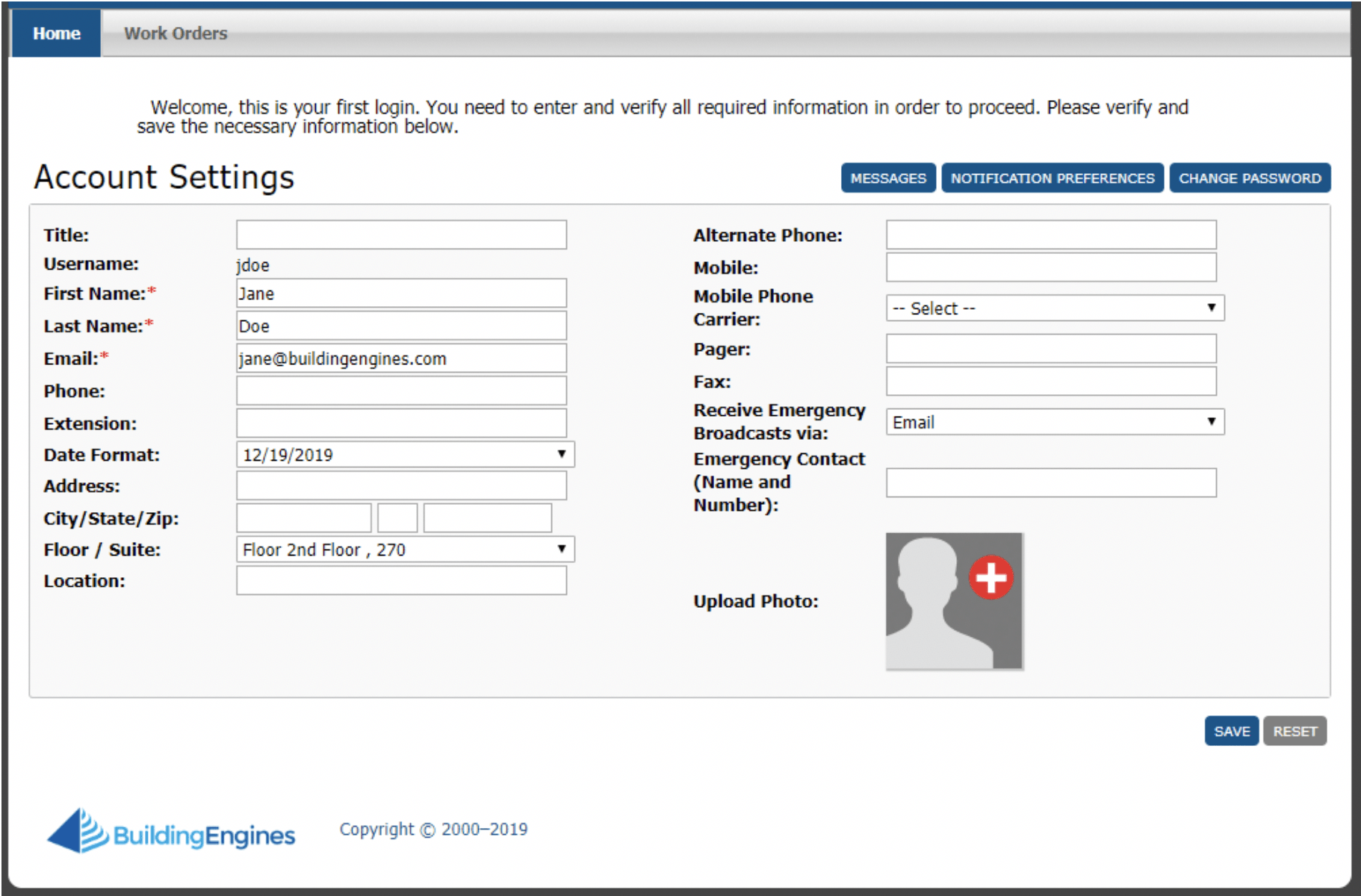
STEP 1
Enter your information/notification preferences and SAVE
Button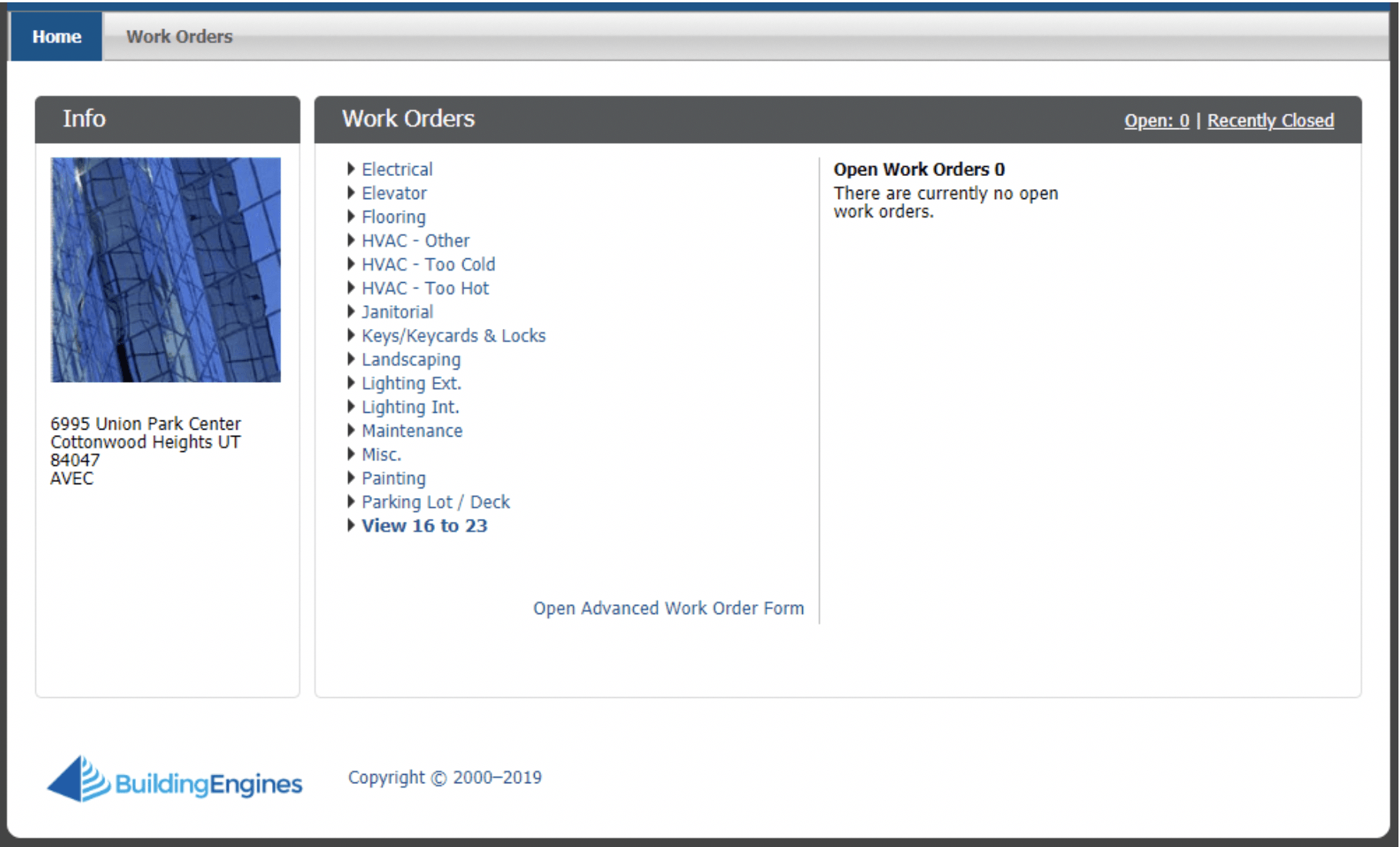
STEP 2
Entering A Work Order from Home Screen: Select the category your work order fits under or Open Advanced Work Order Form to fill out your work order and SAVE.
Button
Slide title
Select a work order category
Button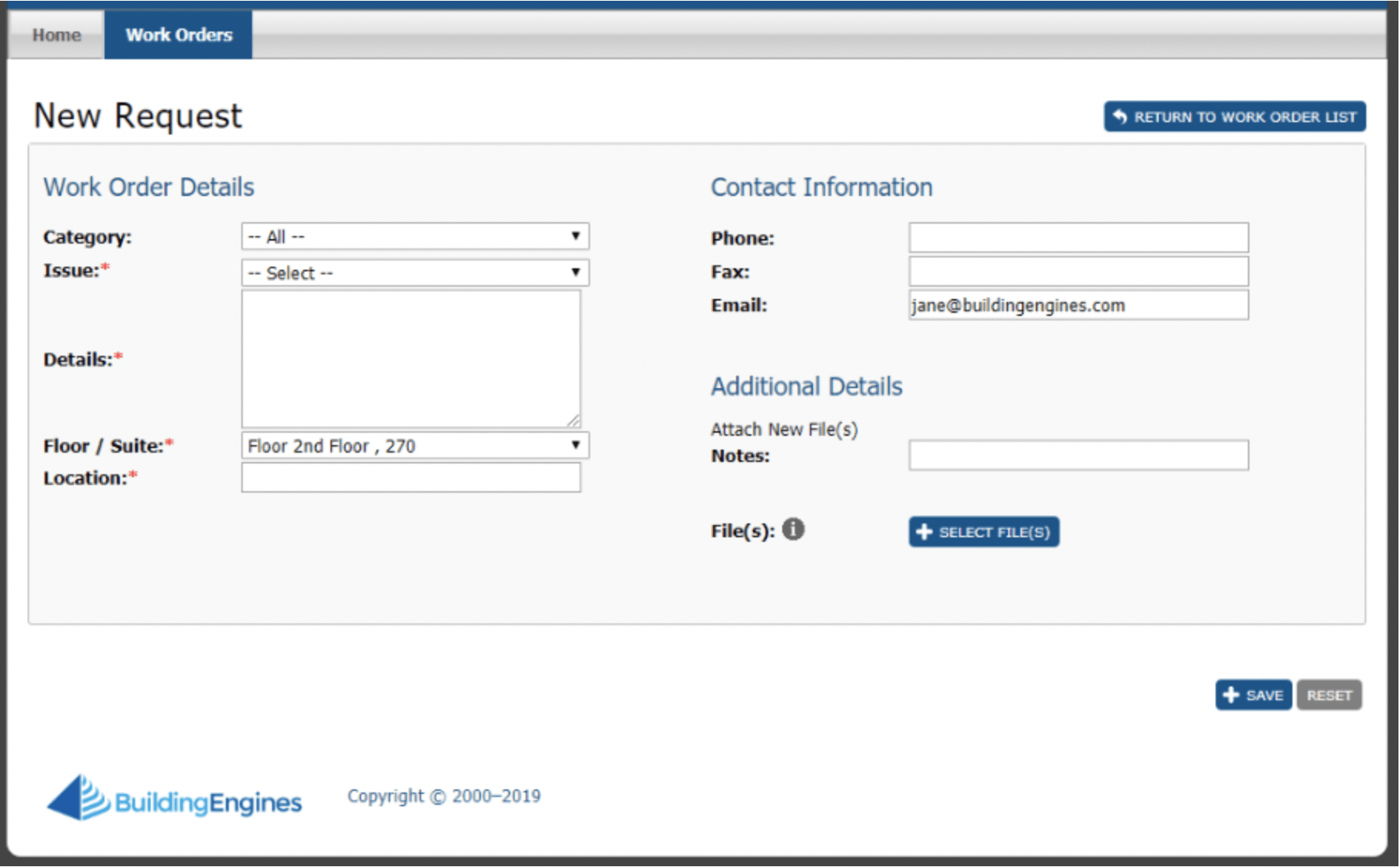
Slide title
Advanced Work Order Form
Button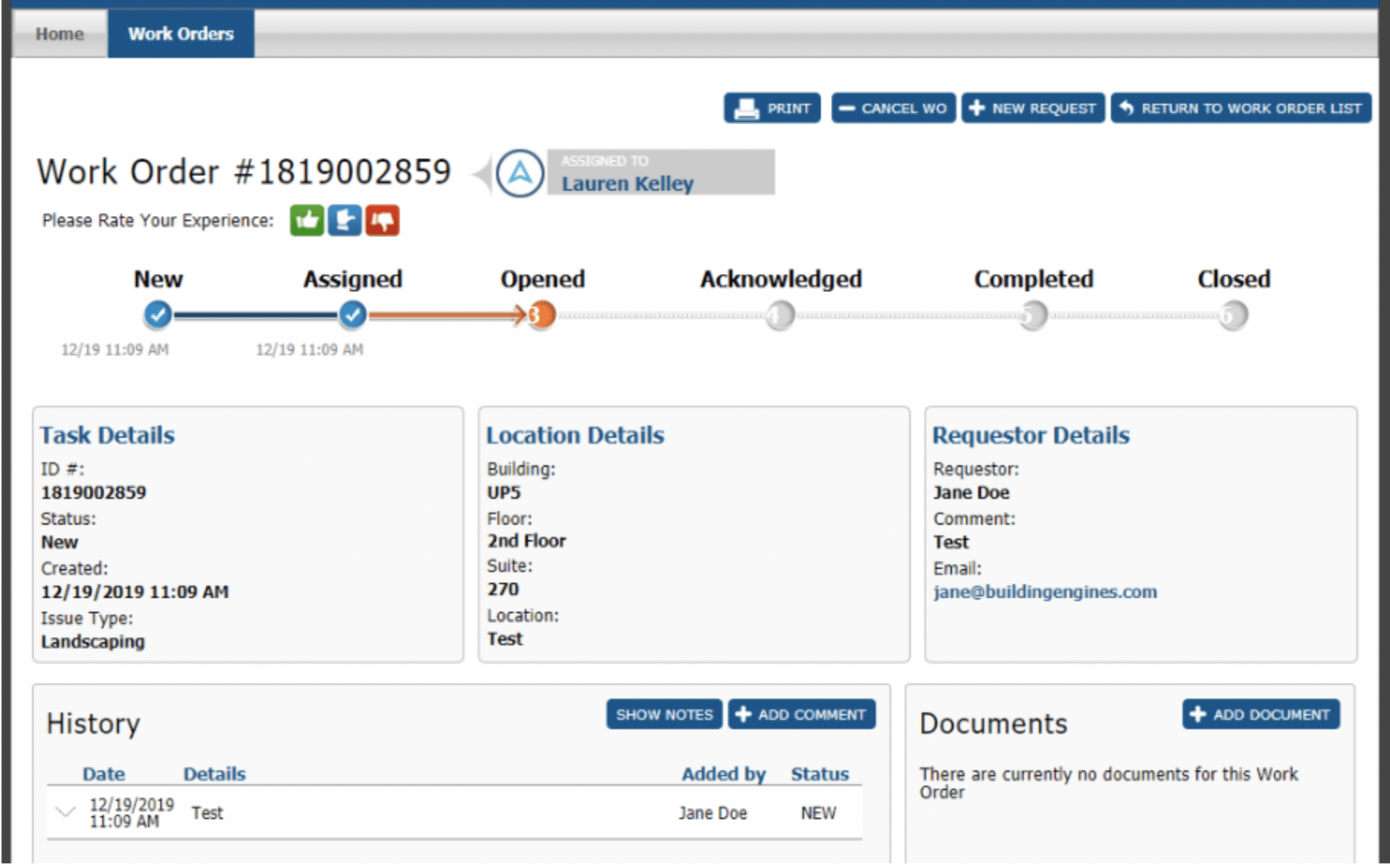
Slide title
Monitor Work Order Progress:
See progress of work order from this screen and add notes/documents or cancel them as needed.
Button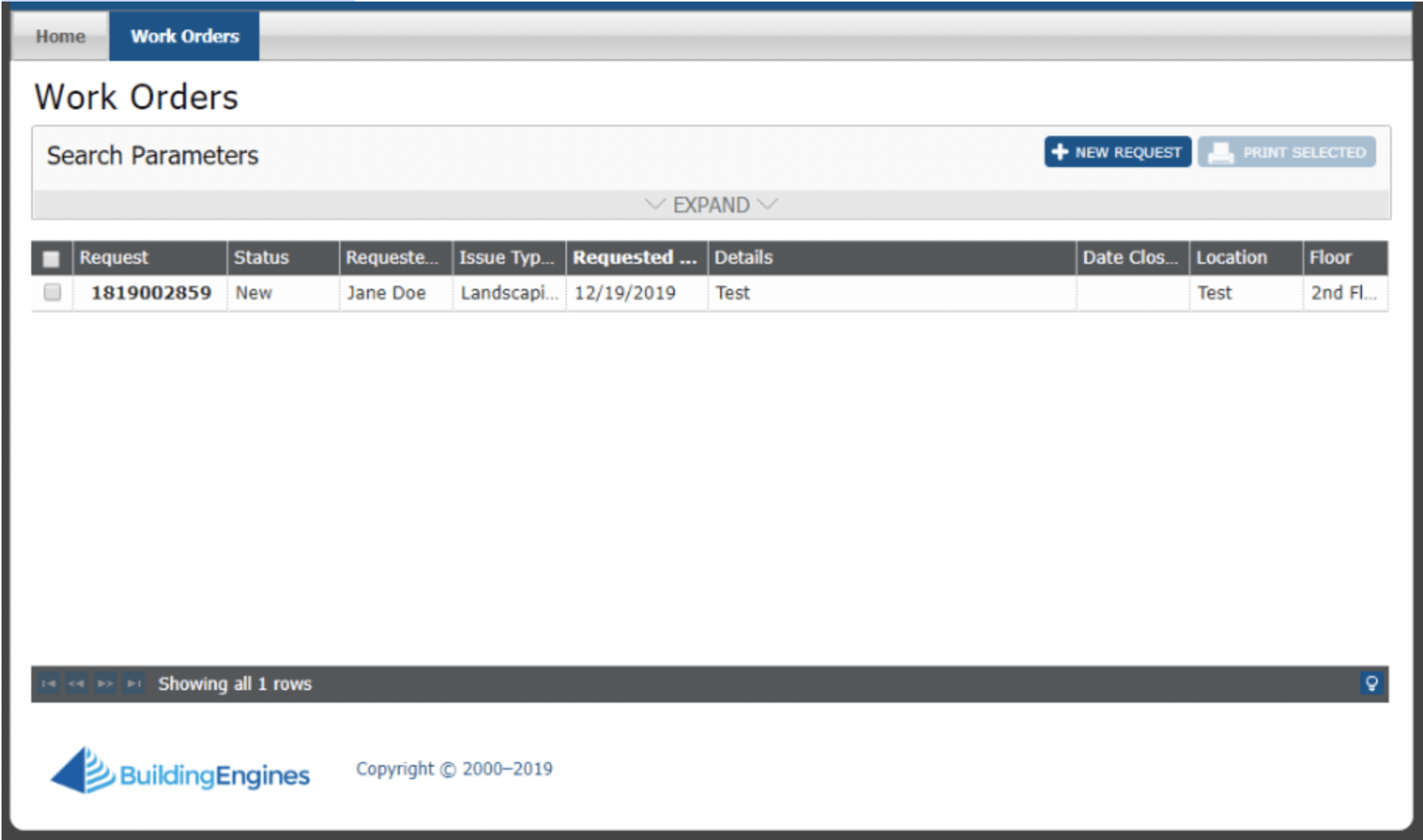
Slide title
Work Order Dashboard
Button
Park Security
Lighting & HVAC
Reserve the Park

Contact Us
We will get back to you as soon as possible
Please try again later

